Deuce—The Original Hot Rod. ’32 X ’32
By Mike Chase. Book Review by Gary Smith.
The ’32 Ford is the definitive Hot Rod. Born of a post WWII culture, these machines represent the explosion of freedom, enterprise, ambition, and creativity. The ’32 has morphed back and forth between fliver, show car, and everything in between. Low, fast, light weight, big engine, loud, sinister. Fun on the street, fast on the dry lakes.
Deuce is a beautiful coffee table book. Four sections: Open cars, closed cars, race cars, and commercial vehicles. Thirty-two hot rods are beautifully photographed with three to four spreads of overall and detail shots devoted to each car.
There’s far more to the book than merely descriptions of the rods. Woven into the text is the history of why the cars are important historically and what they represent. The owner/builders tell their stories, memories, and how the cars came to life. These are authentic hot rods. The best of the best from a variety of perspectives.
Description from the publisher
Ford’s classic ’32, equipped with a behemoth engine and modified for speed is everything a hot rod should be.
They certainly don’t make ’em like this anymore. We’re talking about the car that launched the hot rod subculture: Ford’s 1932 Deuce. With its stylish lines, timeless grille, and flowing fenders, Ford’s Deuce coupe pretty much defines the term “hot rod.” The breadth of creativity this classic design has inspired for generations of hot rod builders is on full display in Deuce.
Ford’s ’32 was an immediate hit. By 1931, the Model A was obsolete in a marketplace where drivers wanted more style and power. The design goals for the ’32 Ford could be summarized as “more”: more cylinders, more horsepower, and more style. The resulting car achieved its objectives and then some. It was faster, more comfortable, more refined – a masterpiece of industrial design, yet still affordable. Henry Ford and his design team got it right.
As the Deuce transitioned to the used car market, it drew the attention of those with a need for speed. Stripped down with an emphasis on performance, the Deuce became the bedrock of the burgeoning hot rod movement. To this day, it very much defines what a hot rod should look like. Hot rodders took Henry’s master stroke to a whole other place, and Deuce stands as a tribute to their ongoing ingenuity.
About the Author
Mike Chase is a lifelong gearhead who has owned and built numerous hot rods and motorcycles. Photographing and writing about all things mechanical, he has published in top American hot rod and motorcycle magazines including Hot Rod, Rod and Custom, Street Rodder, Popular Hot Rodding, Custom and Classic Trucks, American Rodder, Easyriders, Hot Bike, and Cycle World, as well as magazines and books in England, France, Japan, Australia, Germany, and Italy. Mike has also contributed to a number of books on topics ranging from hot rods and motorcycles to World War II aircraft. He’s a Northern California native.
Deuce—The Original Hot Rod ’32 X ’32
Published by Motorbooks
Format: Hardcover Book , 224 Pages
ISBN: 9780760351857
Illustrations: 200 color photos
Size: 9.75 in x 12 in / 248 mm x 305 mm
Published: Nov. 1, 2016
$50

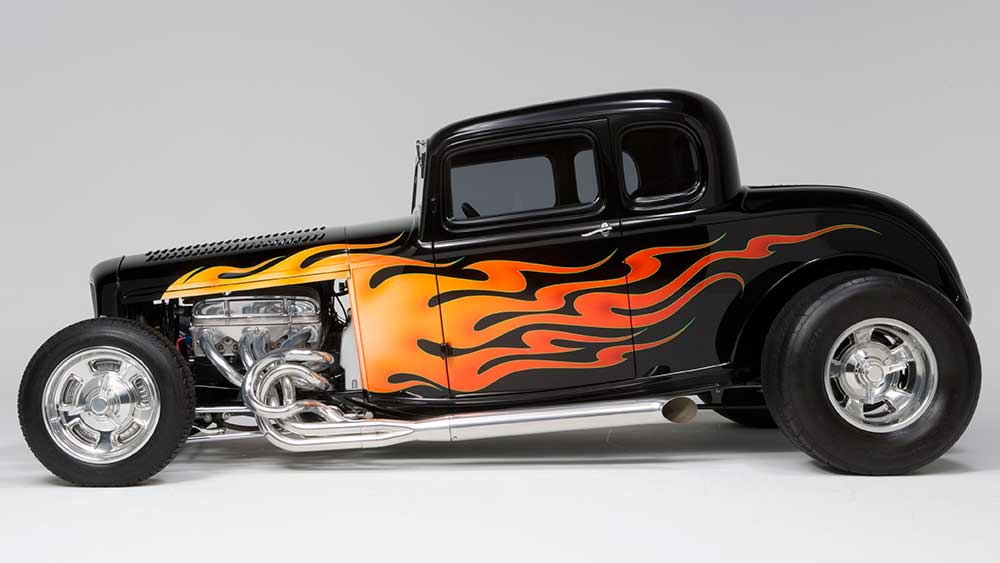
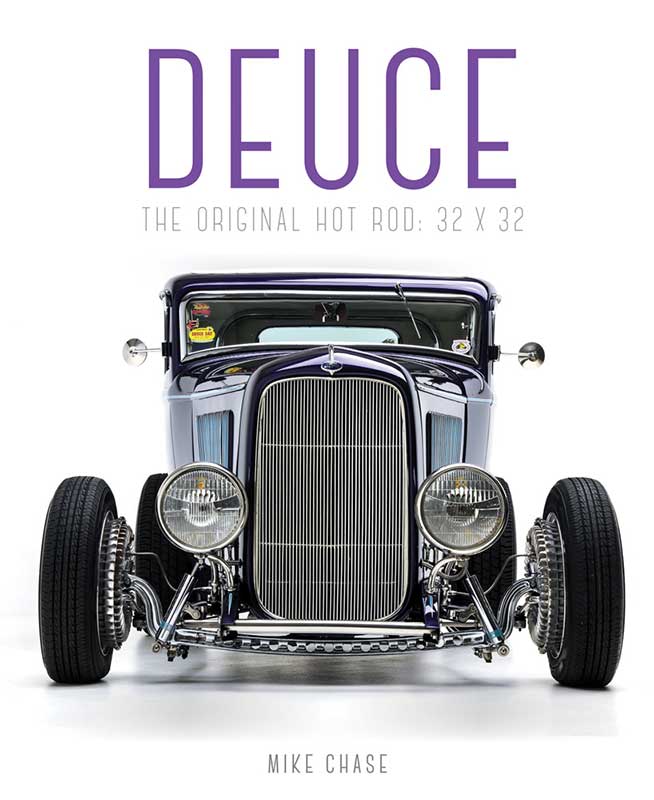
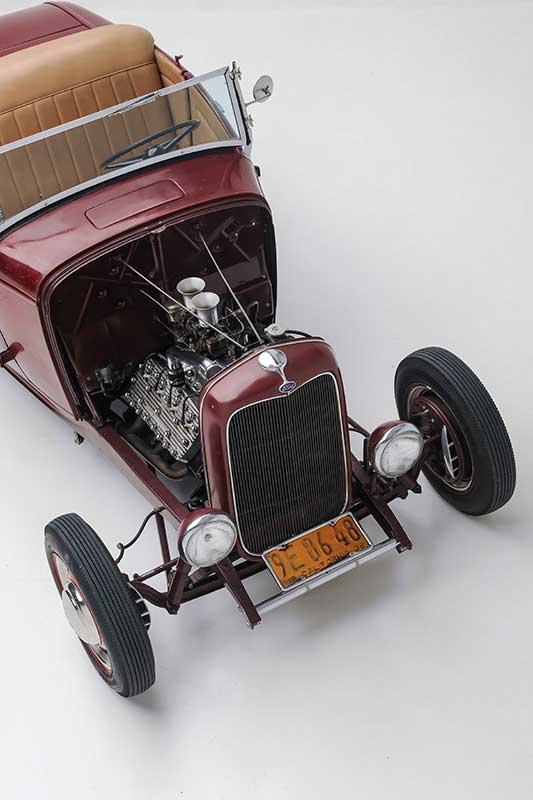
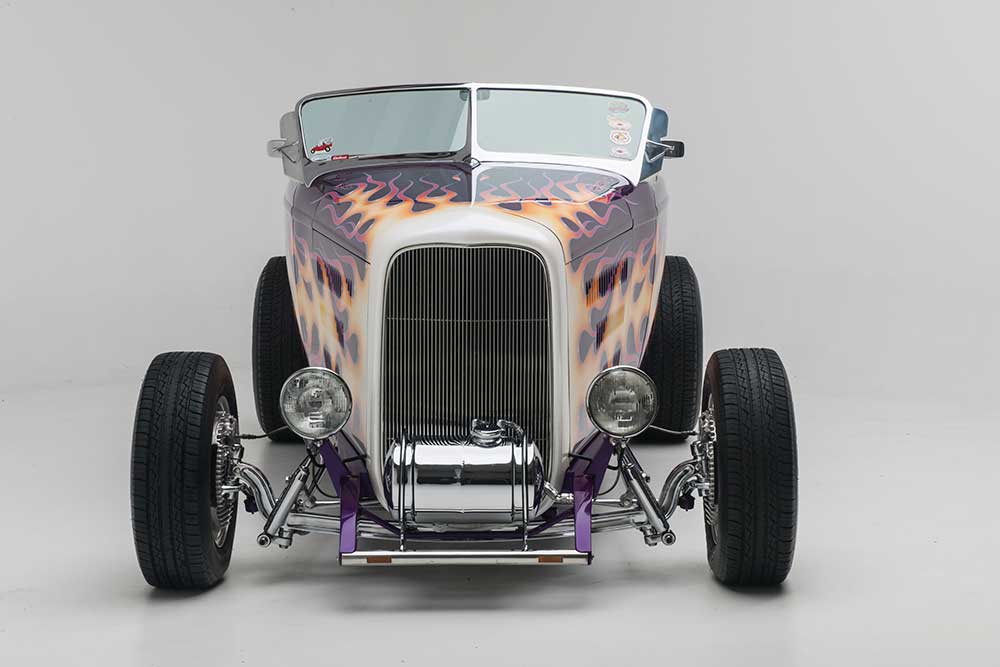
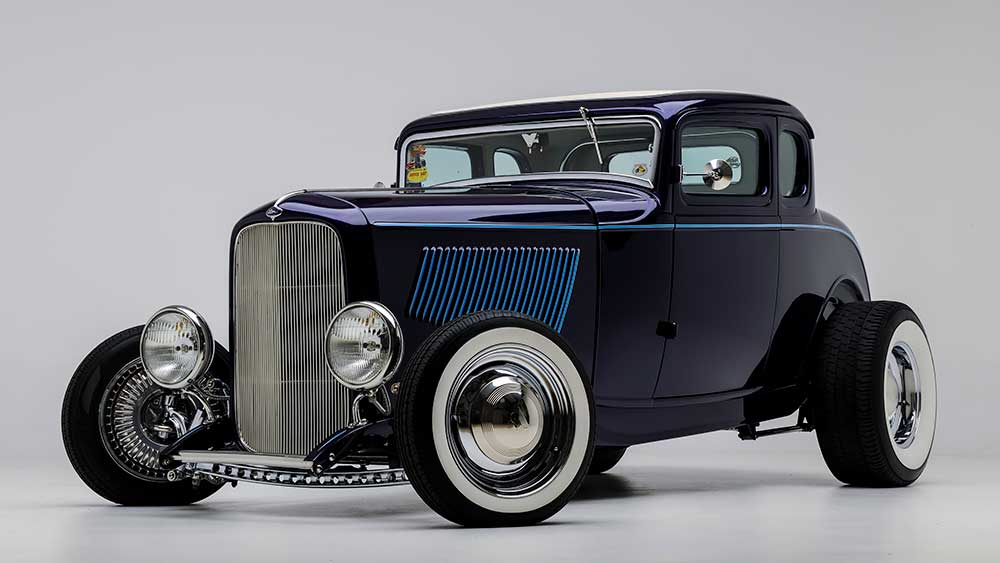
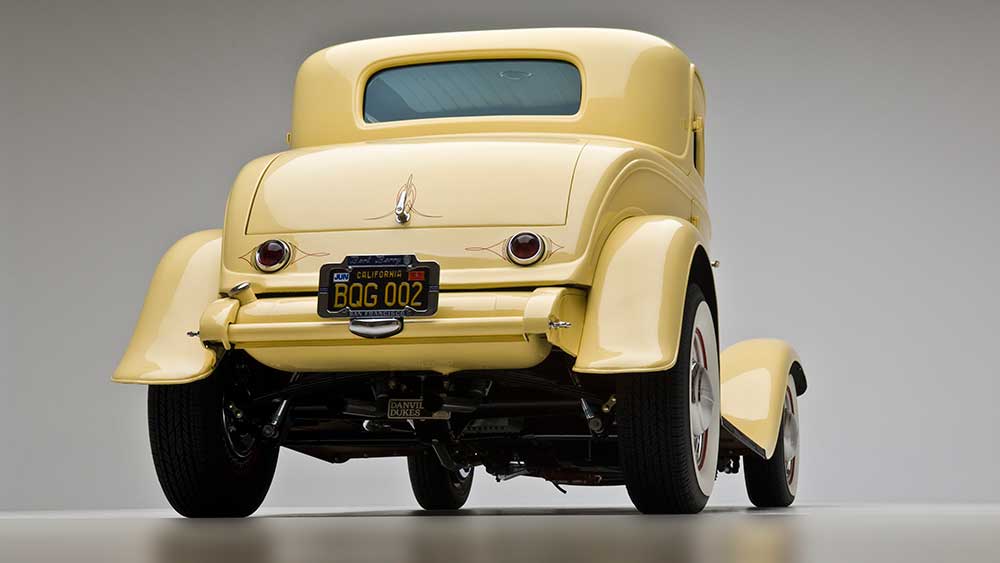
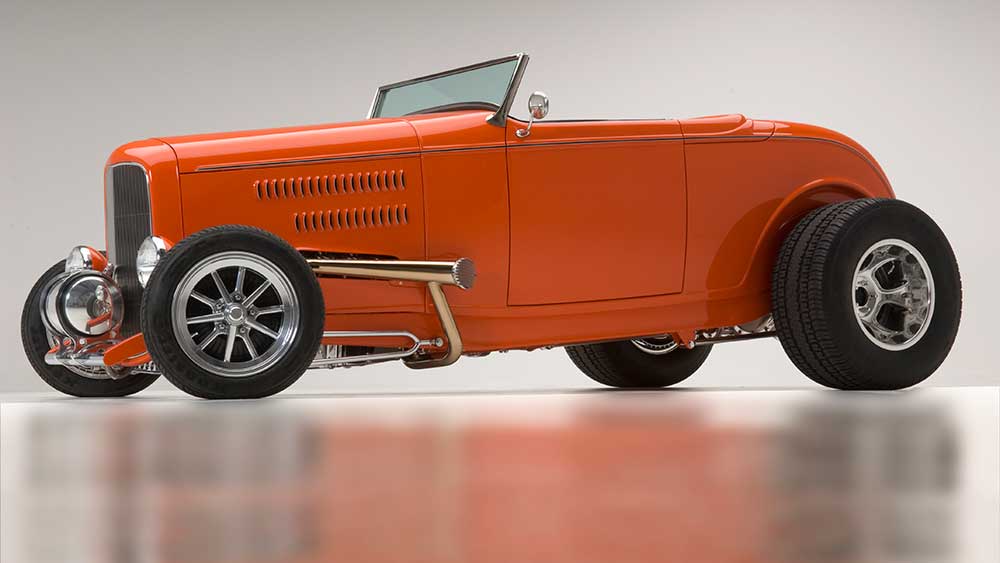
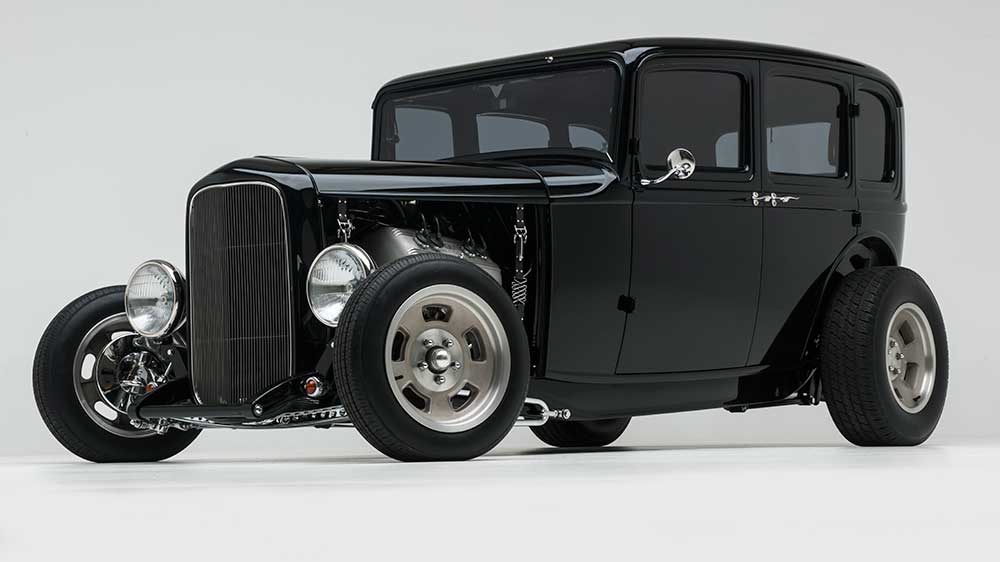
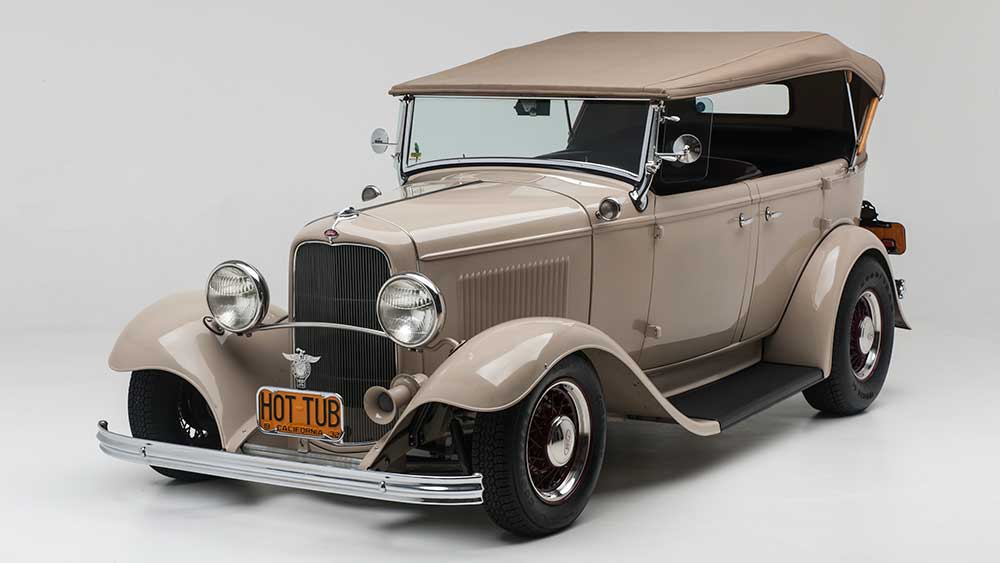
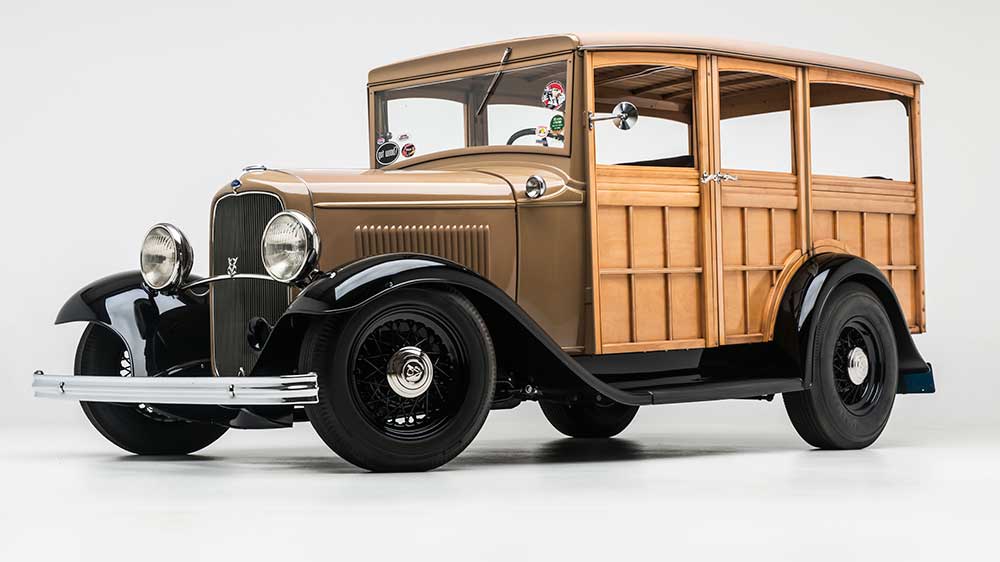
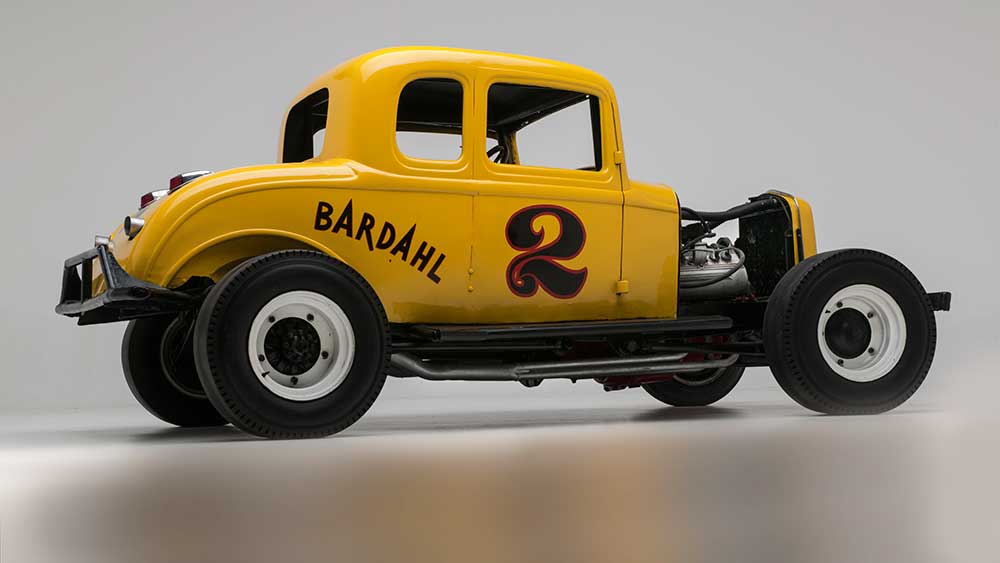
Hardly wait to get my hands on the book.
Ah, the ‘32 Ford Deuce. It has some of the sweetest lines ever to grace an automobile. And that big V8 21-stud flathead engine, whew! Real power to the people! Sure it was cheaply designed. It easily overheated with exhaust channeled through the block to three exhaust ports on either side. The ignition distributor was bolted to the front of the block, end of the camshaft, directly below the radiator cap. This insured it shorting out whenever the engine overheated and hot water flowed down, which it did regularly, on hills and hot days.
But in the late ‘40s teens, like me, could afford to buy them, if you had a job after school in a gas station. I got a 3-window coupe, threw away the fenders, chopped the top, dropped the front end. Joined Road Hogs hotrod club. Spent many nights “porting and relieving” the engine, grinding off that lip between valves and cylinder tops, enlarging intake ports so it could better “breath”. Installed new connecting rod and crankshaft bearings. Had cylinders bored out, installed Jahn’s racing pistons, Harmon & Collins 3/4 race camshaft. Installed hand-pump fuel pressure system for better “avgas” delivery. Made cheap headers out of flex tubing. Borrowed duel intake manifold, milled heads, 7.50 x 16 rear tires. Turned 100.44mph timed officially by Russetta Timing Association, at El Mirage, April 23, 1950. Big Right of Passage for a 17-year-old, thanks to you Henry.